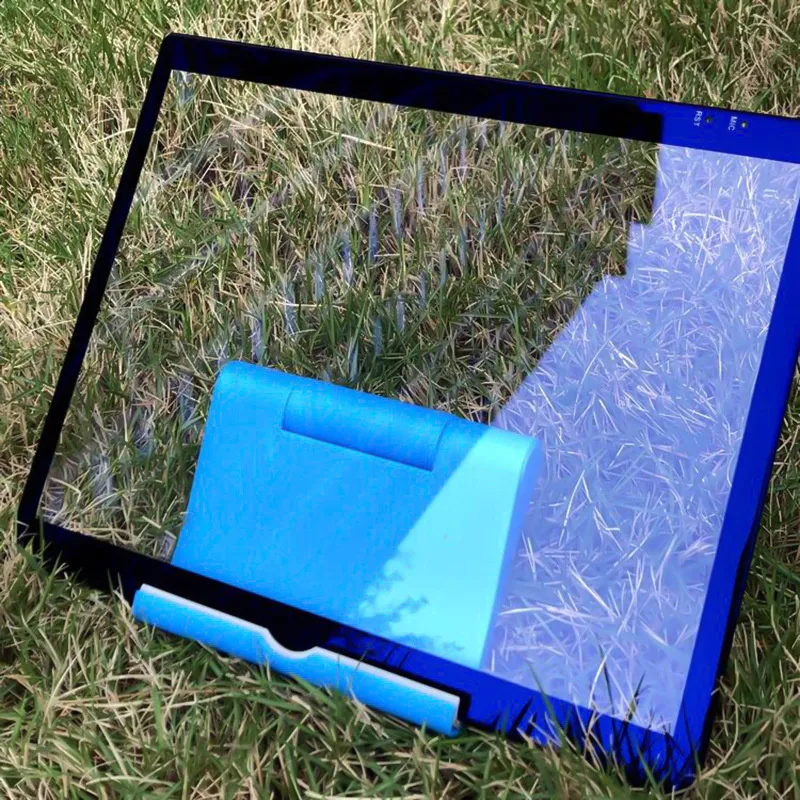Nov . 17, 2024 03:42 Back to list
10mm tempered glass
The Versatility and Benefits of 10mm Tempered Glass
In the realm of modern architecture and interior design, tempered glass has emerged as a material of choice due to its strength, safety, and aesthetic appeal. Among the various types of tempered glass available, 10mm tempered glass stands out as a versatile option that meets the needs of various applications, from residential to commercial projects. This article delves into the properties, advantages, and uses of 10mm tempered glass, showcasing why it is a preferred choice for many.
What is 10mm Tempered Glass?
Tempered glass, also known as toughened glass, is a type of safety glass that has been processed by controlled thermal treatments to increase its strength compared to normal glass. The 10mm in its name refers to its thickness, which is 10 millimeters, making it suitable for a range of structural and decorative purposes. The tempering process involves heating the glass to over 600 degrees Celsius and then cooling it rapidly, resulting in a product that is significantly stronger than standard glass.
Enhanced Strength and Safety
One of the primary reasons for choosing 10mm tempered glass is its impressive strength. The tempering process enhances its ability to withstand impact and thermal stress, which makes it ideal for environments where safety is a concern. In case of breakage, tempered glass shatters into small, blunt pieces rather than sharp shards, reducing the risk of injury. This property makes it an excellent choice for applications such as shower doors, glass railings, and interior partitions.
Aesthetic Appeal
Beyond its safety features, 10mm tempered glass offers a sleek and modern aesthetic that can enhance the overall design of a space. Its clarity allows for unobstructed views, making it a popular option for large windows, glass facades, and balustrades. The thickness of 10mm provides a robust feel while still allowing the natural light to flood a room, creating an inviting and open atmosphere. Whether used in residential or commercial settings, its contemporary look complements various design styles, from minimalist to industrial.
10mm tempered glass

Versatile Applications
The versatility of 10mm tempered glass makes it suitable for a wide range of applications. In residential settings, it is commonly used in the construction of shower enclosures, tabletop surfaces, and balcony railings. For commercial spaces, it serves well in office partitions, storefronts, and display cases. The ability to customize the glass—with options such as frosted finishes, tints, and patterns—further expands its applications, allowing designers and architects to create unique spaces that meet specific needs.
Thermal Efficiency
In addition to its strength and aesthetic benefits, 10mm tempered glass also contributes to energy efficiency. When used in windows and facades, it helps to insulate buildings, reducing heat transfer and, consequently, energy costs. Many manufacturers offer low-emissivity (Low-E) coatings that can be applied to tempered glass, enhancing its thermal performance even further. This makes it an excellent choice for environmentally conscious construction projects aiming for energy efficiency and sustainability.
Installation Considerations
While 10mm tempered glass offers numerous advantages, proper installation is crucial to fully exploit its potential. It is essential to work with experienced professionals who understand the specific requirements for handling and installing tempered glass. Factors such as frame support, sealant products, and the overall design must be considered to ensure durability and optimal performance.
Conclusion
In conclusion, 10mm tempered glass is a robust, aesthetically pleasing, and versatile material that serves a variety of applications. Its enhanced strength and safety features make it a reliable choice for both residential and commercial projects, while its modern look adds a touch of elegance to any space. As design trends continue to evolve towards transparency and openness, the demand for 10mm tempered glass is likely to grow, making it a staple in the future of architecture and interior design. Its contribution to energy efficiency and adaptability further cements its position as a preferred material in today’s building industry.
-
Safety and Style with Premium Laminated Glass Solutions
NewsJun.24,2025
-
Reinvents Security with Premium Wired Glass
NewsJun.24,2025
-
Premium Float Glass Line for Modern Architecture
NewsJun.24,2025
-
Low Emissivity Glass for Energy-Efficient Architecture
NewsJun.24,2025
-
High-Performance Insulated Glass Solutions for Modern Architecture
NewsJun.24,2025
-
Elevates Interior Style with Premium Silver Mirror
NewsJun.24,2025
Related PRODUCTS














